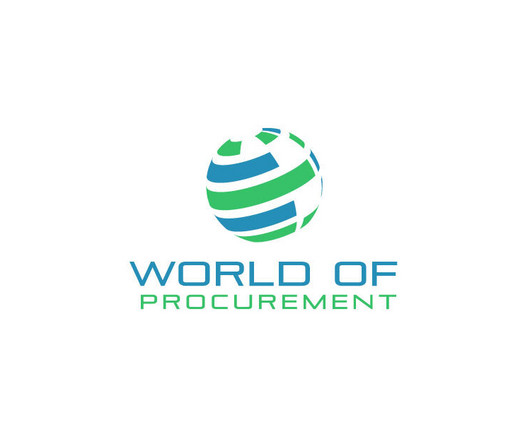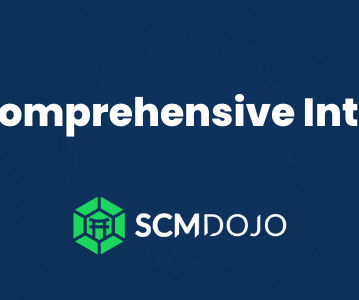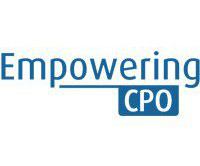Procurement Technology – What it can and can’t replace in a Manufacturer’s Journey Towards Supply Chain Resilience and Agility
ivalua
JUNE 4, 2020
A review of the key elements in supplier management for manufacturers and how Source-to-Pay procurement technology can support the journey towards supply chain resilience and agility in times of crisis. There are many supply chain management lessons to learn from the Covid-19 crisis.















Let's personalize your content